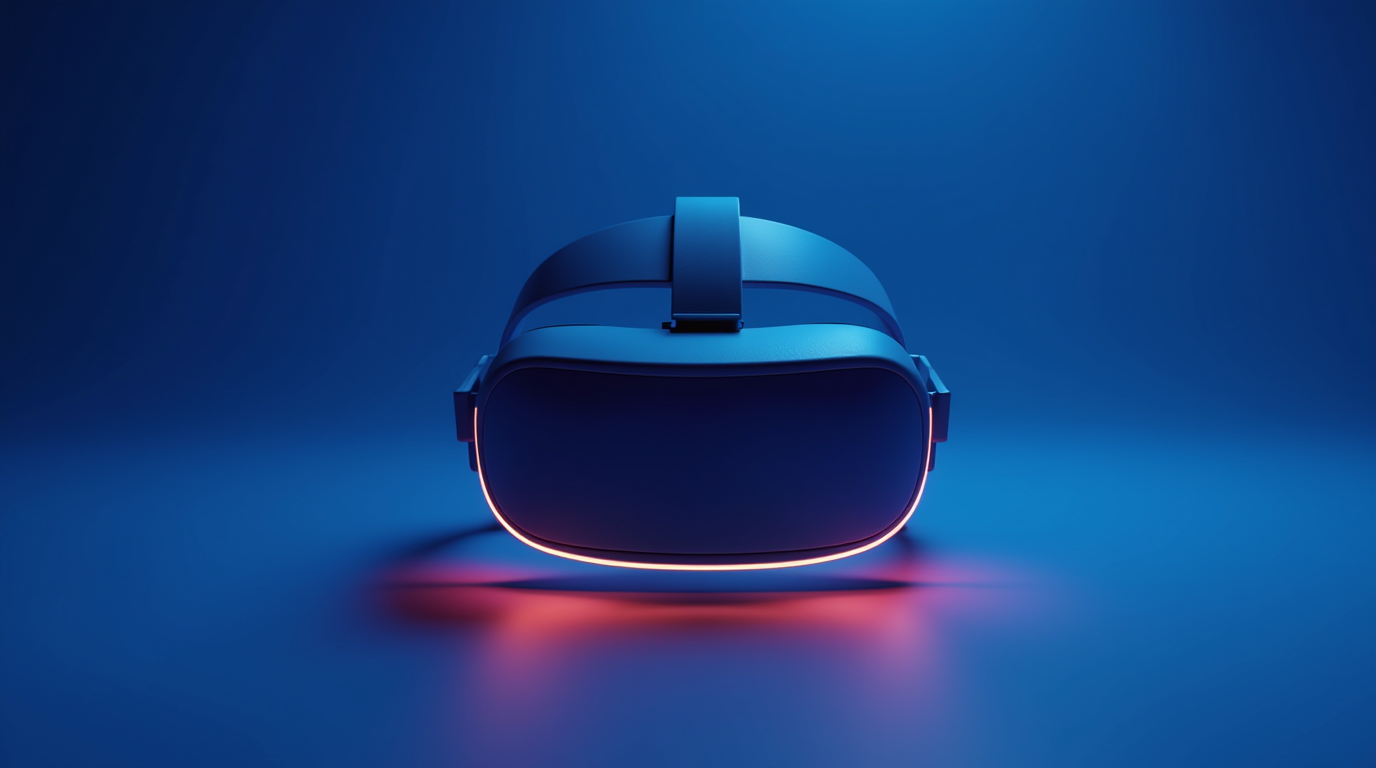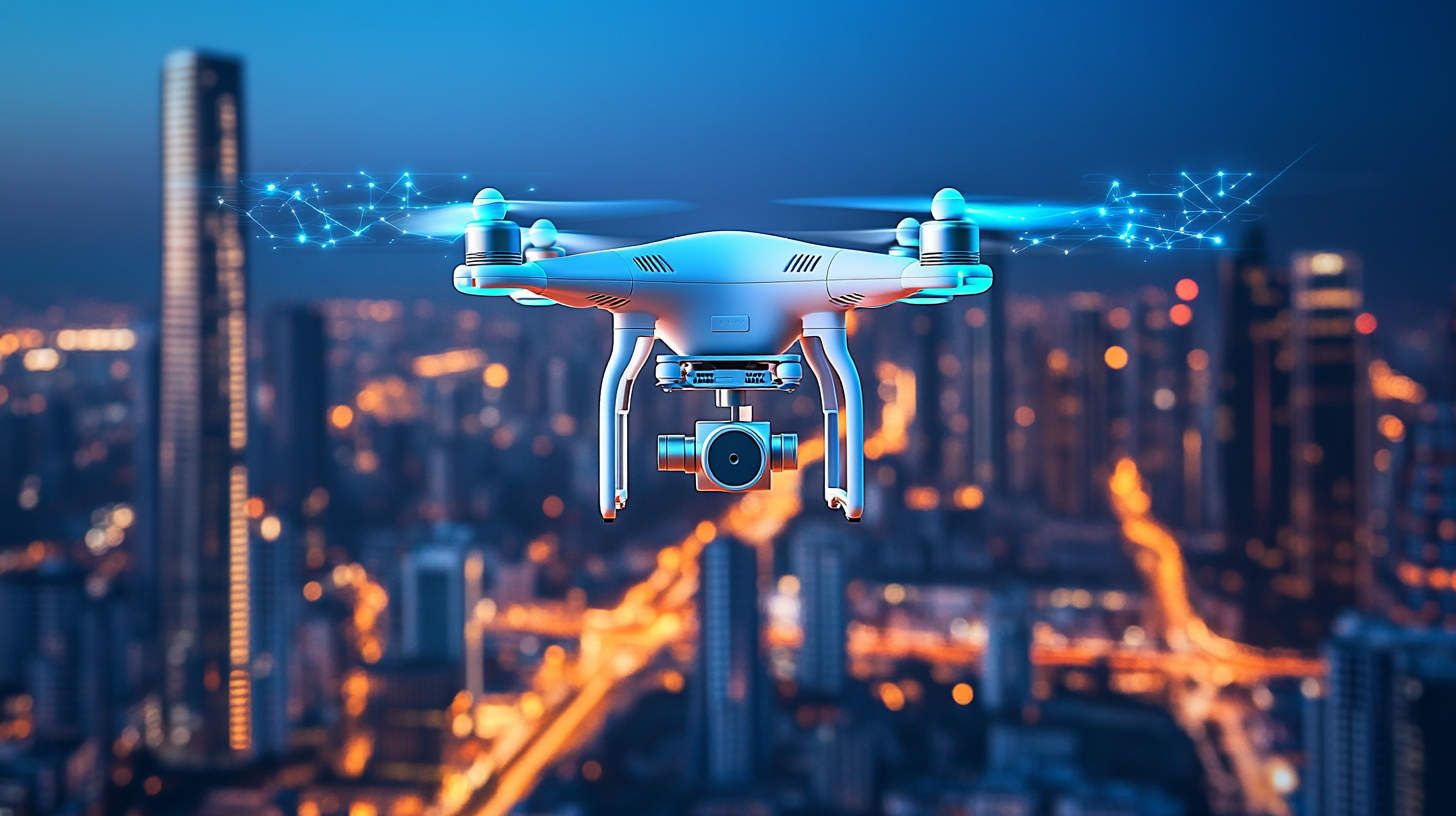Will glasses replace smartphones? Google and Samsung are also making their move: what is Project Moohan?
The world of technology has evolved dramatically in recent decades. Since the first smartphone was launched in 2007, our daily lives have been radically changed. No longer just a phone call device, but a multi-functional platform that allows us to stay connected, work, shop, play and much more. However, innovation never stops. While the evolution of smartphones seems to have reached a point of saturation, new devices are emerging that could, in the not too distant future, replace our faithful digital companion. Among them, smart glasses, a concept that promises to revolutionize the way we interact with technology.
In this article, we’ll explore how smart glasses could take the place of smartphones and how tech giants like Google and Samsung are investing in this direction. In particular, we will focus on a very interesting project: Project Moohan, an initiative that, if confirmed, could mark a turning point in technological evolution. But what are these smart glasses? Why are large companies investing in this field? And how could it impact the business world? Let’s find out together.
Smart glasses: the new frontier
What are Smart Glasses?
Smart glasses are wearable devices that combine the functionality of a traditional pair of glasses with advanced technologies such as augmented reality (AR), voice assistants, health monitoring and much more. Unlike smartphones, which require you to hold or rest on a surface, smart glasses are designed to be worn over your head, offering hands-free interaction.
These devices are equipped with miniature displays that can superimpose digital information on the real world, allowing users to view data, maps, notifications and other information directly in their field of vision. Some advanced models also incorporate microphones, speakers, cameras and biometric sensors, opening the way for even more sophisticated interactions.
Why could Smart Glasses replace the smartphone?
The idea of replacing the smartphone with smart glasses is not a dream. Smart glasses offer many advantages that could make them a more practical choice than traditional smartphones:
- Instant access to information: Smart glasses allow you to view real-time information without having to take a smartphone out of your pocket. For example, you can receive notifications, view maps or read emails directly on the display without having to stop your business.
- Hands-free interaction: Smart glasses eliminate the need to hold a device in your hand, offering a totally “hands-free” experience. This means you can interact with technology while you are engaged in other activities, such as walking, driving or working.
- Augmented reality integration: Unlike smartphones, which offer interaction primarily via the screen, smart glasses can superimpose digital information on the real world, improving the overall experience. For example, you might see useful information about a building as you walk down the street or receive real-time navigation instructions without having to look at your phone.
- Increased comfort and portability: Glasses are an accessory that many people already wear daily, making them an ideal device to integrate advanced technologies without requiring new behaviors from users. In addition, compared to smartphones, glasses are lighter and more comfortable to wear.
Technology giants prepare for
It’s no surprise that big companies like Google and Samsung are investing in the smart glasses industry. Both tech giants have long been involved in the development of wearable devices and enhanced augmented reality technologies, which are the basis for these new glasses.
Google: From Glass to Project Moohan
Google started exploring the world of smart glasses back in 2013 with the launch of Google Glass, a pair of glasses equipped with a small screen that displayed information such as notifications, maps and other applications. Although the project was promising, the initial version of the Google Glass did not have the desired success, mainly due to its unattractive aesthetics and technological limitations. However, Google has never abandoned the concept of smart glasses, continuing to refine technology and work on new models.
Today, Google is making another attempt with a project that is creating a lot of curiosity: Project Moohan. This project, still in development, aims to revolutionise the smart glasses market by offering a device that combines style, functionality and high performance.
What’s Project Moohan?
Project Moohan is a secret initiative by Google that aims to create an advanced smart glasses. Although official details are still scarce, some leaked information suggests that the Project Moohan glasses will be equipped with high-resolution AR displays, advanced cameras, microphones, biometric sensors and an advanced voice command system. In essence, the project wants to integrate into the device all the features that make a smartphone indispensable, but in a wearable and discreet form.
According to some sources, the Moohan glasses could also include a direct connection with Google’s voice assistant, Google Assistant, allowing users to interact with the device via voice commands. The glasses could also use machine learning to adapt to the wearer’s habits, constantly improving the wearer’s experience.
The idea behind Project Moohan is to create a device that not only meets users’ everyday needs, but also looks good and is comfortable to wear. This could finally solve one of the main problems of the original Google Glass, which were not considered enough “fashion” for everyday use.
Samsung: a similar approach
Samsung has also decided to enter the market of smart glasses, with projects that are developing in parallel with those of Google. Samsung has teamed up with companies like Nreal and HoloLens to develop smart glasses compatible with its augmented reality platforms, but it looks like it’s also working on an in-house product.
According to the latest rumors, Samsung is developing a wearable device that could be launched in the coming years, perhaps already in 2025. These glasses will be designed to provide an immersive AR experience and integration with Samsung devices, such as Galaxy smartphones and VR headsets. Although precise information is not yet available, the company is clearly at the forefront of developing advanced wearable technologies.
How smart glasses can transform your business
Opportunity for companies
Opportunities for companies The introduction of smart glasses could not only change our way of experiencing technology, but also have a significant impact on the business world. Companies can use this innovation to improve efficiency, productivity and customer experience. Here are some examples of how companies could benefit from smart glasses:
- Training and work support: Smart glasses could be used for on-the-job training, allowing employees to see real-time contextual information while they are performing their tasks. For example, a technician could display machine repair instructions directly on the glasses without having to stop work to consult manuals or smartphones.
- Sales and Marketing: Companies could use smart glasses to improve the customer experience in their stores. With augmented reality, customers could view product information, make comparisons in real time or view reviews as they explore the store.
- Collaboration and Communication: Smart glasses could enable more seamless remote collaboration, allowing teams to share information, images or videos in real time. The devices could also improve video conferencing by integrating participants into a shared virtual work environment.
Risks and challenges
Despite the opportunities, there are also challenges to be faced. The adoption of smart glasses may encounter privacy and security obstacles, with the risk that camera and sensor glasses can be used to collect data without the user’s consent. Furthermore, the social perception of wearing such an advanced device could be another limiting factor. Companies will need to work on these issues to ensure a smooth transition towards greater adoption of devices.
Conclusion
Smart glasses represent a significant change from smartphones, promising a future in which technology becomes even more integrated into our daily lives. Projects like Google Project Moohan and Samsung’s initiatives are signs of an imminent change. Although the complete replacement of the smartphone with smart glasses may still take a few years, it is clear that this technological evolution is taking hold, with extraordinary opportunities for companies in every sector.
For entrepreneurs, this is the time to start monitoring developments in this field closely and prepare to adopt these new technologies to remain competitive in an increasingly connected and digitised world.




